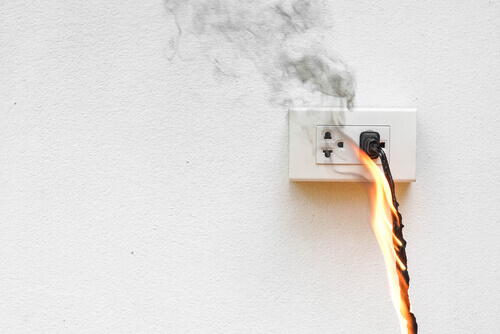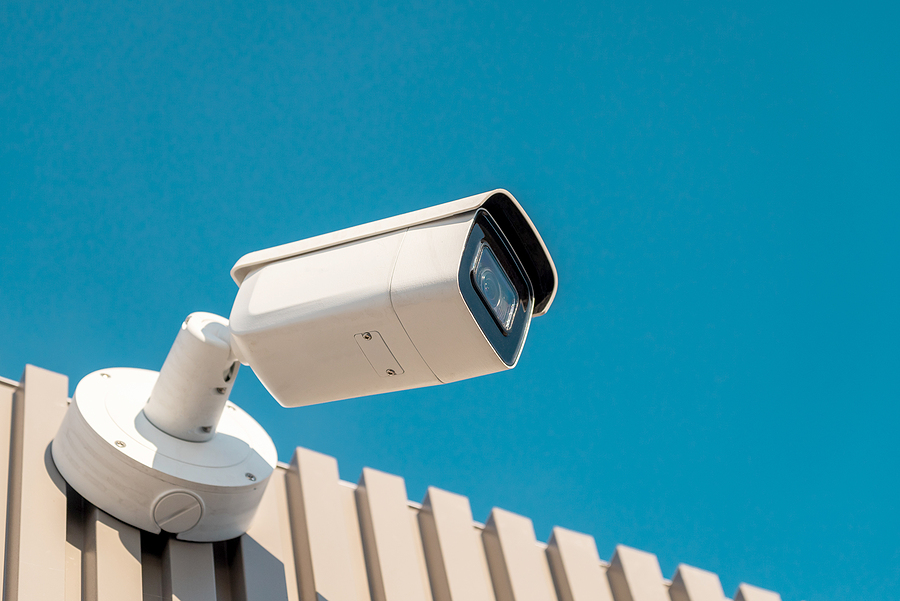
An electrical burn accident can take place when a person gets exposed to electrical currents (such as those from a household appliance, electrical outlet, or power line) at home, at the workplace, or any other place. They can also happen to someone who gets struck by lightning or hit by a stun gun. Electrical burns are dangerous since they don’t only affect the skin; they can also have an impact on internal organs because of the current that goes through the body.
Factors That Affect Electrical Burns
The severity of electrical burns depend on several factors. One of these is the voltage of the electrical current that passes through the victim’s body. The term low voltage covers 380 volts and below, while the term high voltage refers to electric voltage higher than 380 volts.
Another factor is the type of material through which the electrical current passes through. If it passes through conductors like copper, silver, and other types of metal, it can easily reach the person on the other end since these facilitate the effortless flow of electricity through them. If the current passes through insulators such as glass, porcelain, or plastic, it won’t easily reach the person since these materials restrict the flow of electrons.
The resistance found in the victim’s body is another important factor. A normal dry hand, for instance, has an average resistance of 5000 ohms/cm2. This increases to around 1,000,000 ohms/cm2 if the person has callused skin on his palm, and it decreases to around 1,000 ohms/cm2 if his hand is wet.
Other factors that affect electrical burns include the type and amount of current involved, the area of the body where it comes into contact, and the length of time of the contact.
Signs and Symptoms
A low-voltage electrical burn accident is most common with children five years old and below. Kids often have the tendency to grab electrical wires and cords and even put these in their mouths. Because of this, many cases of low-voltage electrical burns affect the hands and mouths of the patients. Blackened tissue along with redness, swelling, and irritation can be observed on burned hands, while burns in the oral cavity result to a grayish-white burn.
High-voltage electrical burns can be divided into two categories: electrical arc burns and electrical current burns. Both produce charred entry wounds with a depressed center and leather-like appearance as well as exploding exit wounds. Severe tissue damage can also occur.
In both cases, weakness, dizziness, headaches, shortness of breath, abnormal heart rate, balance issues, and pain can accompany the burns. Seizures may also take place.
Complications
The problem with electrical burns is that they don’t just result to burned skin and tissues. In many cases, they can also lead to complications, such as the development of gangrene in the affected area. Other complications may involve the joints, eyes, lungs, cardiovascular system, and neurologic system.
Call a Burn Injury Lawyer
If you have been involved in an electrical burn accident, the best thing to do is to hire a burn injury lawyer who will help you file a claim against the party who was at fault. If you’re in the Minnesota area, contact us here at McEwen Law Firm.
Our team of burn injury lawyers have extensive experience in representing clients that have had an electrical burn accident. We will work to help you file your claim and get the compensation that’s rightfully yours. We work on a contingency, which means we will not charge you any fee until we can successfully get the compensation you deserve.
Serving clients in the: Minnesota Area including Minneapolis, Minnesota, St Paul, Twin Cities, Bloomington, and throughout the United States. Hennepin County, Carver County, Wright County, Scott County, Dakota County, Anoka County, Washington County, and Ramsey County.



